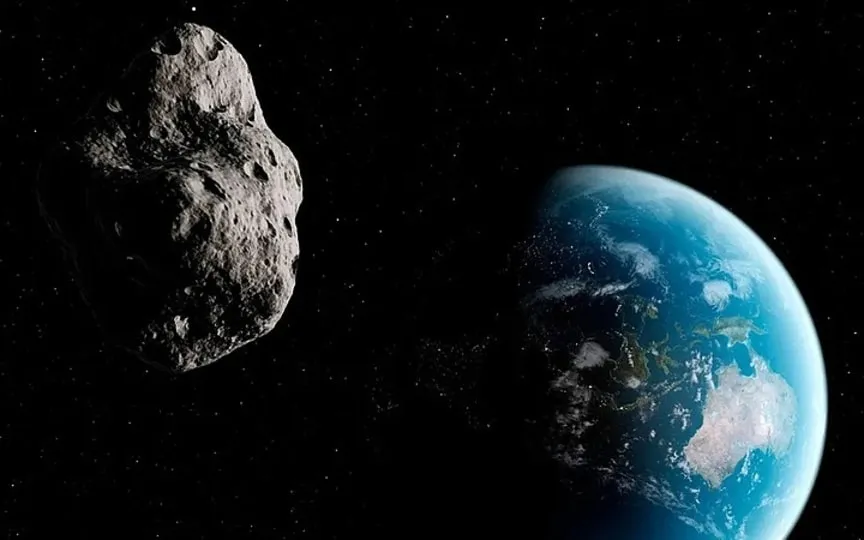NASA reports that an Apollo group asteroid will imminently approach Earth; Discover its size and proximity.
Most asteroids are found in the main asteroid belt, which is located between the orbits of Mars and Jupiter in our solar system. However, some of these asteroids come close to Earth at times, increasing the risk of a potential collision. These near misses emphasize the importance of ongoing technological advancements in asteroid detection and monitoring programs, such as NASA’s DART test. These efforts are crucial in safeguarding our planet from the potential impact of these celestial objects. Utilizing advanced telescopes both on the ground and in space, NASA has successfully tracked an asteroid that will pass very close to Earth tomorrow, December 28. Learn more about this upcoming encounter.
Asteroid 2023 YD: Details
According to the Center for Near-Earth Object Studies (CNEOS), the asteroid, named Asteroid 2023 YD, is heading towards Earth and could make its closest approach tomorrow. This near-Earth space rock is expected to fly past Earth today at a distance of only 605,000 kilometers. It is already climbing in orbit at a speed of about 35784 kilometers per hour, which is much faster than Intercontinental Ballistic Missiles (ICBM)!
It belongs to the Apollo group of Near-Earth Asteroids, which are space rocks that pass through the Earth and whose semi-major axes are larger than the Earth’s axis. According to NASA, these asteroids are named after the Apollo asteroid of 1862, which was discovered by German astronomer Karl Reinmuth in the 1930s.
How big is the asteroid?
Asteroid 2023 YD measures nearly 92 feet across, making it almost the size of an airplane! Despite being much larger than the Chelyabinsk asteroid that caused damage to Earth in 2013, this space rock is not large enough to be classified as a potentially hazardous object and is not expected to cause any damage to Earth.
How do asteroids come close to Earth?
NASA says asteroids’ orbits can be altered by Jupiter’s massive gravity and occasional close encounters with planets like Mars or other objects. These accidental encounters can knock asteroids out of the main belt and throw them into space in all directions in the orbits of other planets.




